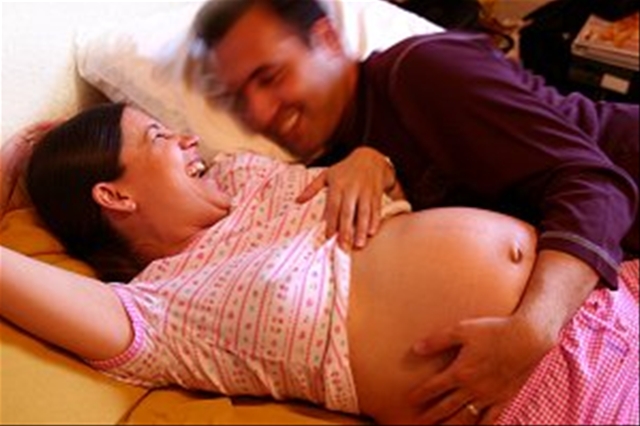If Row vs. Wade was overturned at the national level, that wouldn’t outlaw abortion. In fact, this graphic show the latest survey of what would happen.
So, what would happen in detail if Row were overturned today?
Twenty-two state legislatures are likely to impose significant new restrictions on abortion. They
include nearly every state in the South and a swath of big states
across the industrial Rust Belt, from Pennsylvania to Ohio and
Michigan. These states have enacted most of the abortion restrictions
now allowed.Nine states are considering bans similar to the
one passed in South Dakota — it’s scheduled to go into effect July 1 —
and four states are debating restrictions that would be triggered if
the Supreme Court overturned Roe.•Sixteen state legislatures are likely to continue current access to abortion.
They include every state on the West Coast and almost every state in
the Northeast. A half-dozen already have passed laws that specifically
protect abortion rights. Most of the states in this group have enacted
fewer than half of the abortion restrictions now available to states.•Twelve states fall into a middle ground between those two categories. About half are in the Midwest, the rest scattered from Arizona to Rhode Island.
The result, according to this analysis, would be
less a patchwork of laws than broad regional divisions that generally
reinforce the nation’s political split. All but three of the states
likely to significantly restrict abortions voted for President Bush in
2004. All but four of the states likely to maintain access to abortion
voted for Democrat John Kerry.The 22 states likely to enact new restrictions
include 50% of the U.S. population and accounted for 37% of the
abortions performed in 2000, the latest year for which complete data
were available.The 16 states likely to protect access to
abortion include 35% of the U.S. population and accounted for 48% of
the abortions performed.
